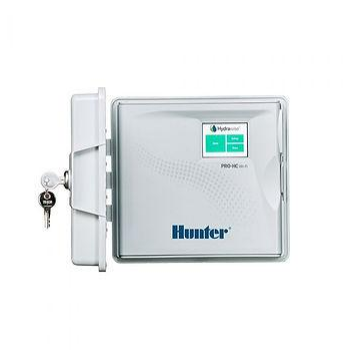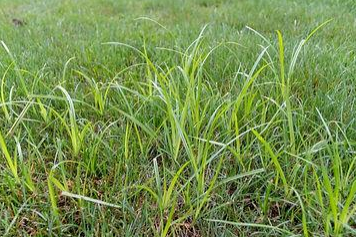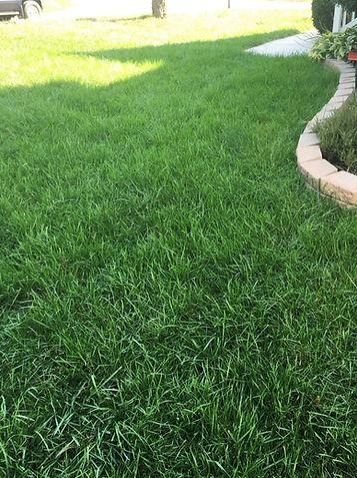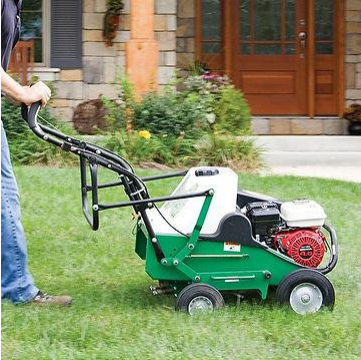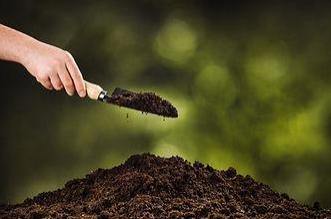ARE YOU GETTING A PROPER LAWN MOWING CUT?
Is proper mowing height an overrated excuse?
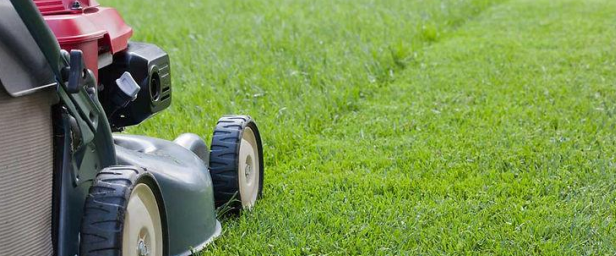
Chesterfield, VA. The mowing height of your lawn can be one of the most important cultural controls you can put in place to enhance its quality. Firstly, let’s focus on the basics - you do not want to remove more than ⅓ the length of the blade when you mow the lawn. Removing less than ⅓ the blade length of grass is important because it prevents the plant from going into shock - therein, survival mode. When the grass plant goes into survival mode, it sends out surface growth to replace damage so that it has enough to photosynthesize and remain alive. Upon this happening, the plant is neglecting the duties that keep it hardy during the more stressful (hot/dry) summer months. So rather than putting the energy into cooling itself off through respiration or maintaining itself through rooting, the plant is throwing all its energy into survival only, a recipe for a continual depletion and decline. Believe it or not, due to the survival instinct of the plants, mowing biweekly at a lower height will actually make the grass grow faster.
When we look at cool season grasses (think fescues, bluegrass) in the transition area (Chesterfield, VA), we should be at approximately 3” during the spring, winter, and fall seasons. However, during the summer months, I would suggest raising the height of cut on cool season grasses up to 4” at minimum on irrigated lawns, up to 5” on non irrigated, unlevelled, or young, immature lawns. The more healthy/mature the blades of grass during the summer months creates a few advantages in a healthy lawn; shade for the soil reducing moisture loss and heat in the rooting zone, a thicker lawn with more competition has fewer voids for weed seeds to find a new home, the plants retain more energy not spent on survival to respirate appropriately and, it is easier to mulch when mowing less off of the plant keeping the nutrients available in the soil.
With warm season grasses such as bermuda, the height of cut changes in the opposite way throughout the season. During the winter, and shoulder seasons of spring and fall I would recommend the height of bermuda be at around 2.5”-3” mainly to have a more mature (i.e. resilient) plant going into the winter season dormancy, as well as shade out as many winter weed seeds as possible. When the late spring/summer hits I would recommend mowing from 1.75-2.5”, the lower height will encourage lateral growth in bermuda, helping fill any voids, thickening the stand, and choking out most weeds.
While mowing height is a crucial cultural control used to aid the health of the lawn, there are also some common sense things to remember when it comes to cutting. If you have a cool season lawn (fescue, bluegrass), try not to mow in the heat of the day when the plant is already under heat and drought stress, this is typically when most mowing damage occurs resulting in brown mower tracks, etc. The final, simple thing to remember, is keep your mower blades sharp. If you ever mow and the lawn has a brown hue the following morning, it is usually due to the mower blades tearing the grass blades rather than slicing them. The tearing damages the plant in a way it can not seal the damaged area easily, inviting in pathogens for diseases, pests, as well as that off color hue.
Following these parameters will absolutely boost the health of your lawn, these cultural controls can help lay the groundwork for a healthy lawn all year long. Happy mowing!
If you liked my blog post, share it with a friend! For more information, questions or comments - sign up to share.
About me
Sean Welch is the owner/operator of SuperTurf LLC where he helps homeowners in the area improve the quality of their lawns and irrigation setups to achieve the success they desire. He was a formerly a golf course superintendent with a degree in Landscape and Turfgrass Management from Virginia Tech.

